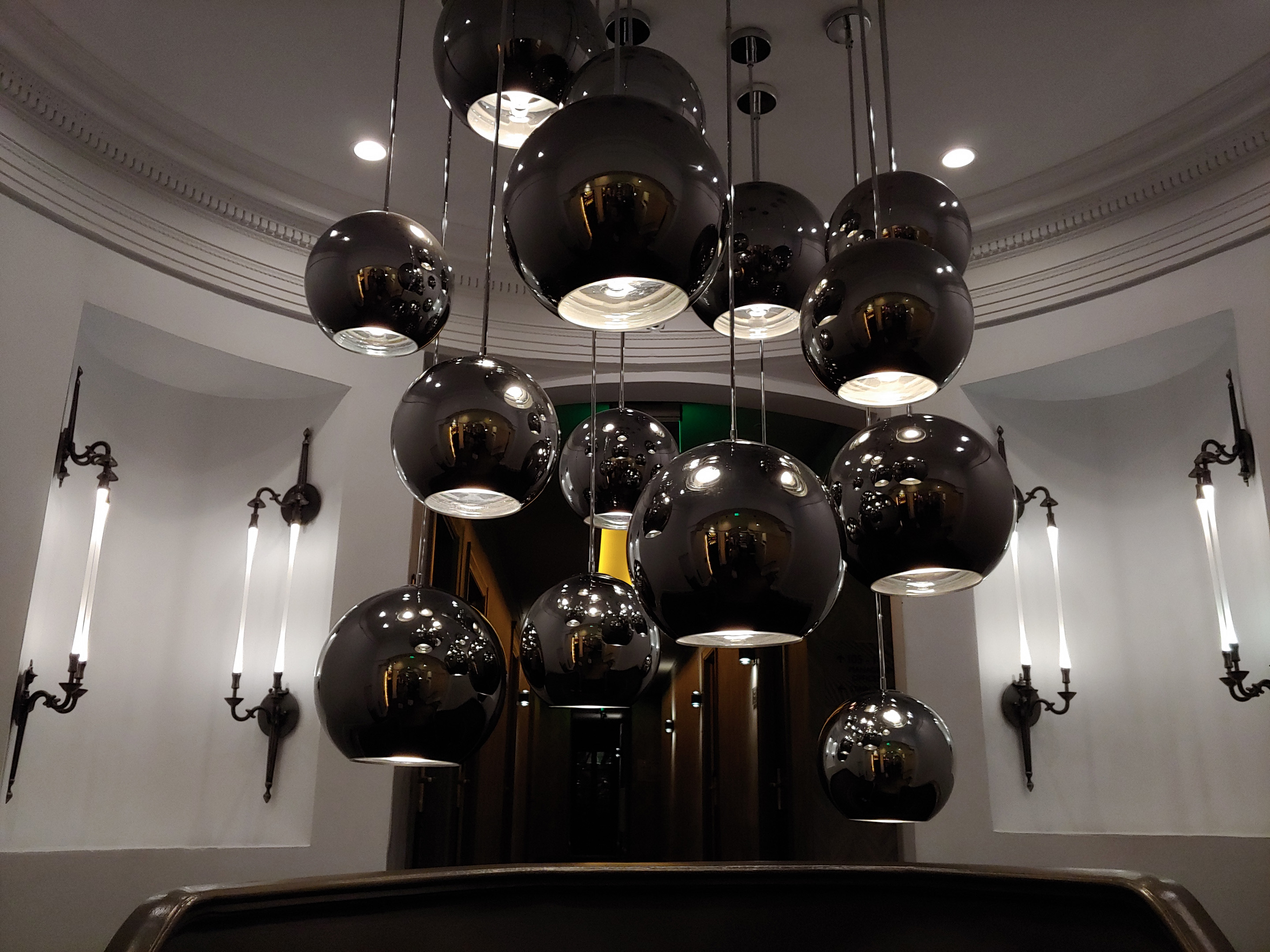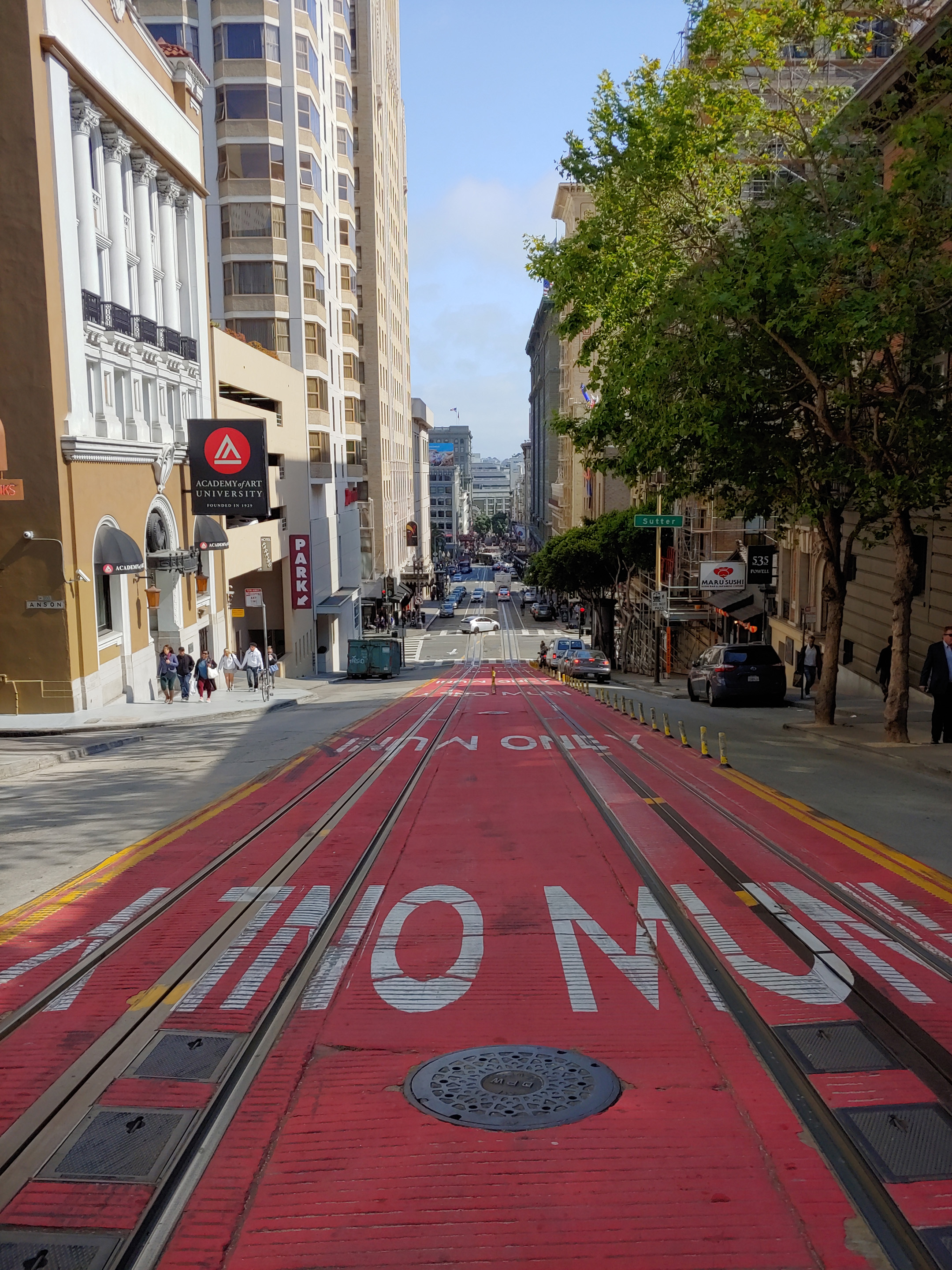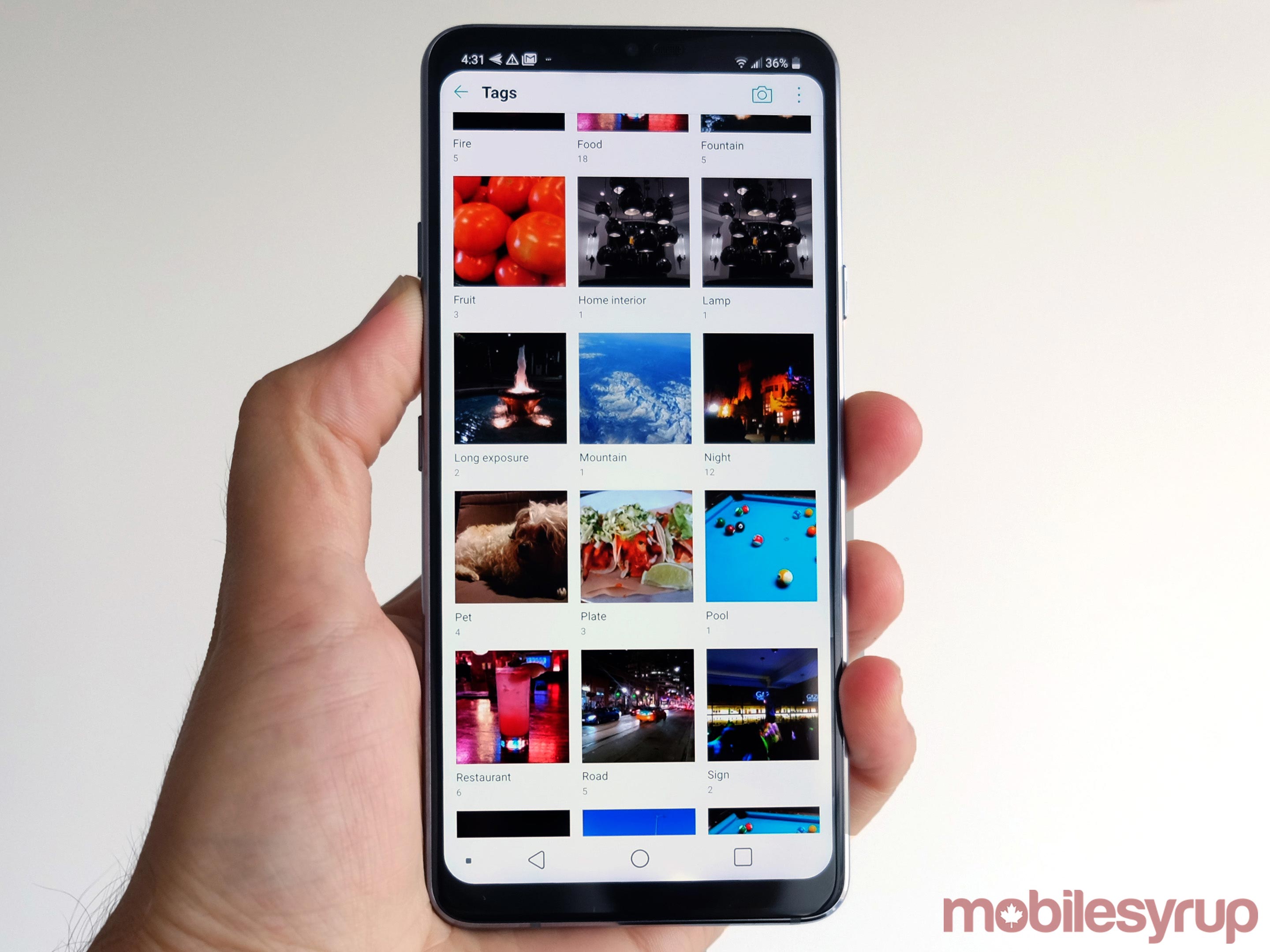
LG is doing a curious thing for a company that isn’t in a dominate market position: it’s rolling along with two concurrent flagship phone lineups. And in so doing, LG is also muddying the waters on both device’s respective cameras.
A steady upward trajectory in performance and output has put LG on solid ground when it comes to its flagship smartphone’s cameras. Though underrated, they’re great shooters when used properly.
This is why the G7 ThinQ is something of a conundrum. The device is a clear follow-up to the G6 that came before it, yet seems to ignore a good portion of the iterative steps from the V30.
I’m all for trimming unnecessary fat in any phone camera, but whether this is addition by subtraction is offset by the inclusion of AI-enabled features that are supposed to take the guesswork out of the shooter’s hands.
ThinQ big
Camera performance is an arms race at this point. The general quality of images shot today, even on mid-range devices, is a considerable step up from only three years ago. It’s why the iPhone X, facing stiffer competition now, is mediocre in any challenging low-light or night settings. It’s also why others like Samsung and Huawei have aggressively pursued features that would visibly enhance shots in any scenario.
LG was well positioned to ride the same wave, having already proven it can produce a solid shooter, especially with the excellent Manual mode in both the flagship G and V lines. The G7 promises that through the ThinQ moniker — a clear sign the phone is in the same family as LG’s other smart devices.
But what does a ‘smarter’ camera actually mean? In this iteration, it’s not unlike how other cameras recognize a scene and adjust settings to optimize the shot. Variations of this were already well established going back to Sony’s Xperia line, as well as the way Huawei deployed it with the P20 and P20 Pro.
Except LG wants users to notice the difference. When labels, like ‘vacation,’ ‘city’ or ‘reflection’ pop up, the G7’s AI Cam is supposed to produce something ideally better than the Auto mode could.
AI or nay?
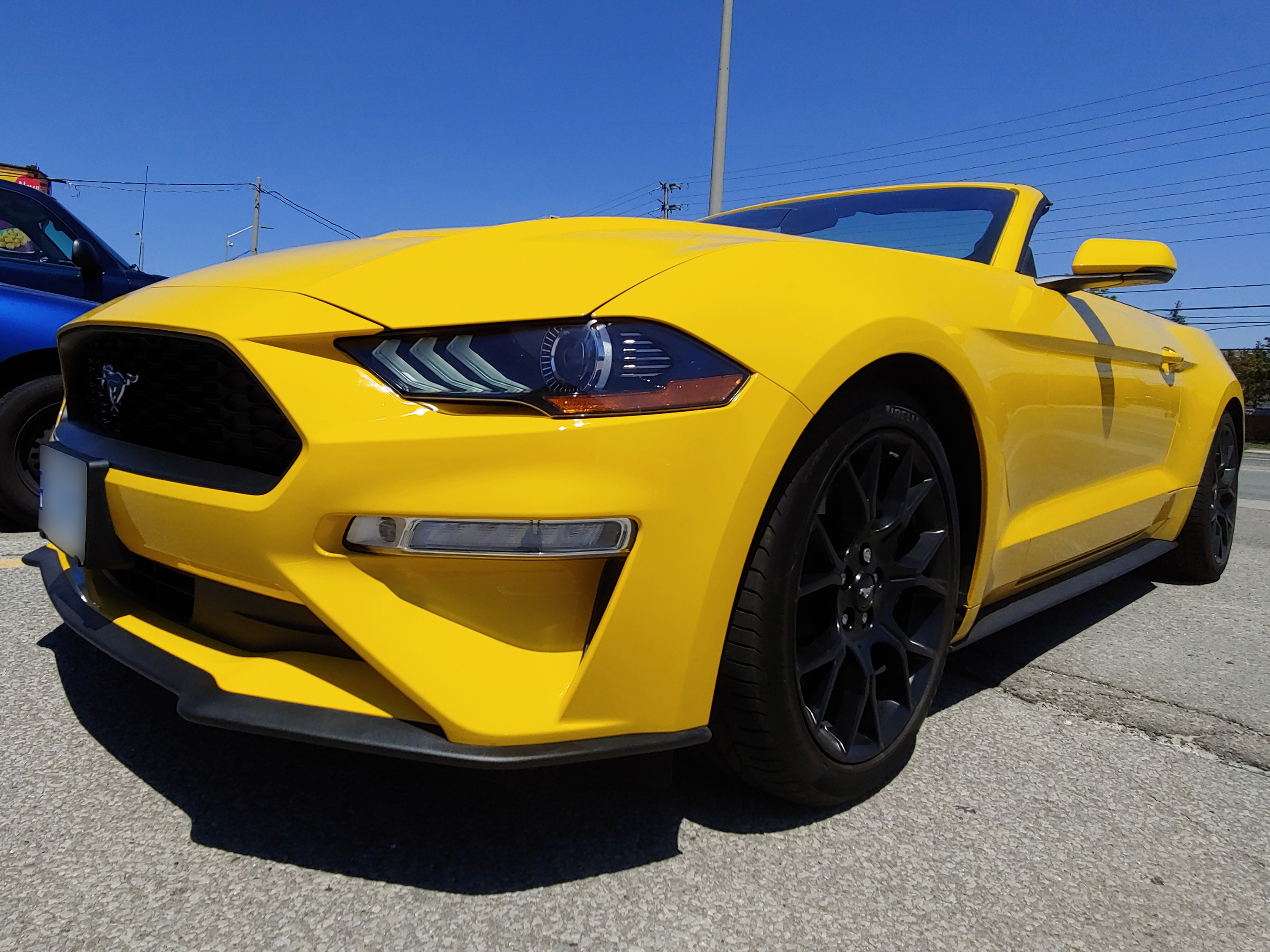
Put into practice, the mode left me wanting. Shooting any form of architecture immediately applied better contrast and sharpening to give it some character. Flowers or plants were a mix of softness with sharpened edges. The effect was subtle, yet still noticeable.
The problem was that it could be wildly inconsistent. Faces are better with softer tones, but the mode could be confused if the subject was in front of a building. If people were walking by, it would try to apply similar effects to everyone else. This level of overzealous treatment was pervasive, and there was no way to really rein it in.
LG isn’t alone in this. I found similar problems with Huawei’s recognition, particularly when two of its dedicated scenes were in the same shot. Does it focus on the beach or on the greenery in the frame? AI Cam isn’t much better in distinguishing one from another. Additionally, LG’s mode is slower to adapt and apply the effect, making it even more difficult to capture a scene with movement.

Speed does matter because the mode is supposed to be ready for quick snaps. Auto is always the default, but if you last used the camera on AI Cam, it will remain there the next time you launch the camera (unless you do it from the lock screen; it’s always Auto in that case). Even if you don’t use AI Cam, the Super Bright Mode shows up to brighten a scene in low-light or night settings. It’s not bad, but expect noise to creep in. Sharing them via social media where people will see them on screen is fine. Zoom in, and the grain shows.
The constant pop-ups in AI Cam can also be distracting. More seasoned shooters may not budge, but the various keywords could confuse novices. Part of LG’s rationale in doing this was to also these keywords to the image files after the fact. That would make them easier to search for, and Google would identify the images that way, too. It’s all well and good, but the overall result isn’t quite as impactful as it should be.
Wide, but not as wide
Ever since LG included the second wide-angle lens going back to the G5, it had staked a claim to doing something before anyone else did. Perhaps in response to critics who bemoaned the wide-angle lens’ propensity for fraying at the edges, the G7 sports a narrower 107-degree angle.
Losing 13-degrees may not sound like much, but there are trade-offs in this compromise. The edges lose some of the distortions of past iterations, but also lessen the fisheye effect that came with having such a wide angle in the first place. Casual shooters may not care, but I suspect others will. The wide-angle lens always allowed me to capture larger structures, scenes or groups with little effort. Mind you, that’s not entirely gone — it just means a little less perspective.
The bright side is the wide-angle lens uses the same 16-megapixel sensor as the regular lens. There is better detail, overall, in these images than from past LG devices. The reduced fraying along the edges only helps the cause.
Manual mode

This remains the best way to shoot with the G7 for the same reasons as before. First, the level of control allows you to capture a scene without the AI overdoing it on highlights, shadows or sharpening. Second, you can also shoot in RAW in this mode.
RAW shooting isn’t for everyone, but it’s the best way to shoot important photos that you can edit later on. Granted, you would need the right software to process those shots, though at least you’re doing it with a ‘purer’ composition. If you’re new to it, and interested in experimenting, it’s worthwhile to try.
The interface hasn’t changed much, either way. It should be noted that, unlike other manual modes in other devices, LG’s shutter speed spectrum is very wide. Long exposure shots with really slow shutters are certainly possible, and the additional pixels in the sensor do help produce more detail. More light can also peer through to help in night or low-light shots.
Same ol’ video
Virtually nothing has changed on the video front. The Cine Video mode from the V30 that introduced Hollywood-style filters is back. Manual video is essentially the same as it was, with the G7’s excellent audio recording thrown in to boot.
You can only shoot at 60fps in 1080p, whereas 4K is only at 30fps. Image stabilization doesn’t apply in either case, complicating footage where you or the subject are moving. It’s also worth noting that Cine Video disables image stabilization as well.
Despite all that, LG added HDR video recording as an option in the camera settings. It’s cool to have, but as I discovered, many standard video editing programs won’t recognize them. Converting them strips them of a lot of detail, rendering them useless. So, if you are going to go that route, make sure to have the right apps for your workflow.
Google Lens
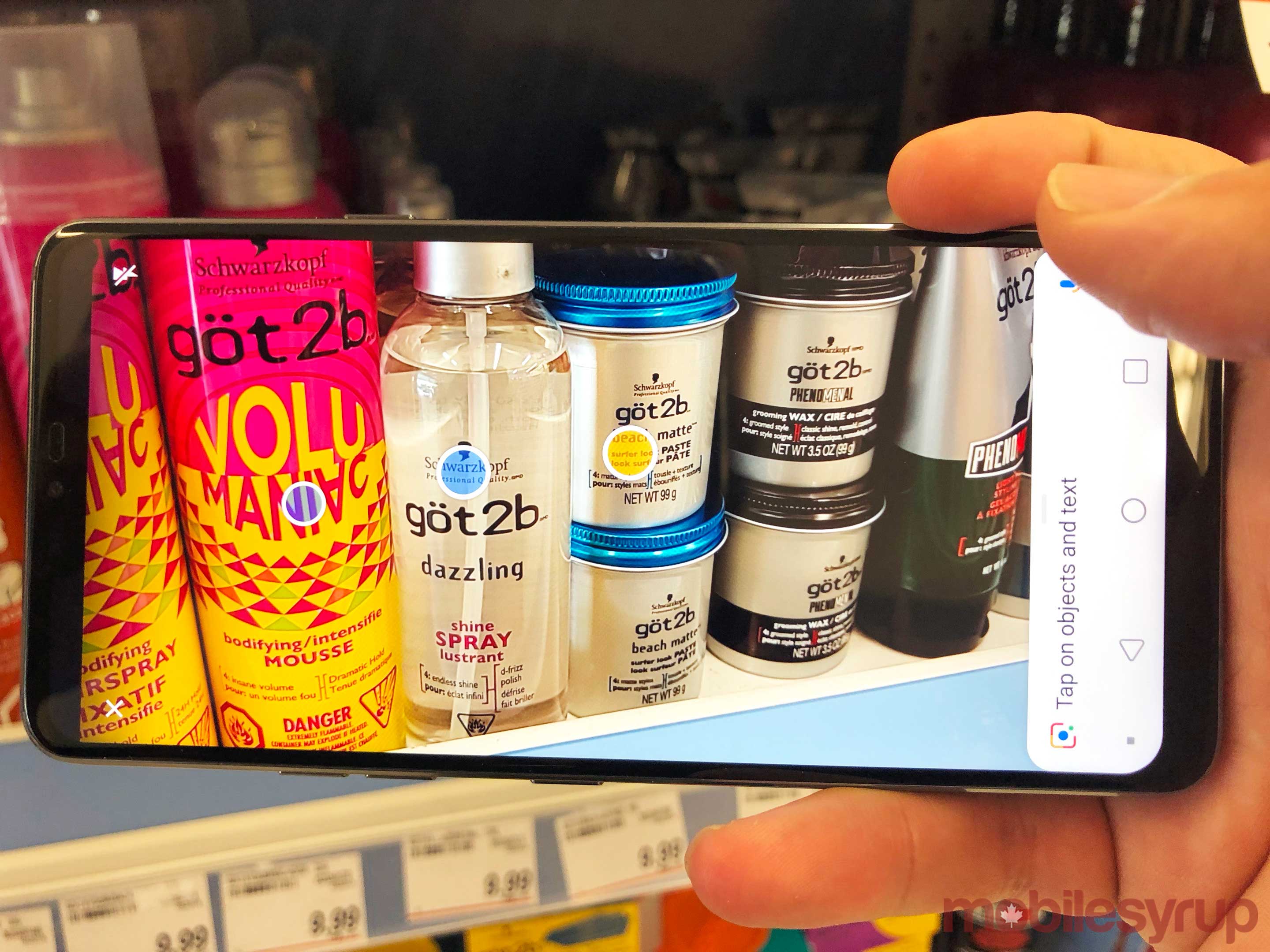
Google’s latest augmented reality (AR) camera app isn’t proprietary to the G7, since it’s available on other devices, but LG did embed it. You can choose to use it at any time while in the camera, where it can detect objects and offer some contextual information about what it sees.
I like it more than Samsung’s Bixby, mainly because it’s more accurate and dynamic. Whether it’s pointing it at a book, restaurant, drink or plant, it tries to present useful information about it, or related to it. Naturally, the mode has nothing to do with the G7’s image quality, but it’s there to peruse.
Steps, not leaps
LG produced a solid shooter in the G7, except it didn’t innovate in a significant way. The AI Cam isn’t as effective as advertised. Not bolstering the hardware inside was also ill-advised, especially when smarter software works better if it isn’t doing all the heavy lifting. What you end up with is a phone that shoots closer to its predecessors than to its rivals.
If rumours are true that the upcoming V40 will have as many as five cameras, it may completely overshadow the G7 and relegate it to more of a bargain device on par with an expensive mid-ranger. Until then, getting the most out of this camera requires learning the manual ropes.
MobileSyrup may earn a commission from purchases made via our links, which helps fund the journalism we provide free on our website. These links do not influence our editorial content. Support us here.






